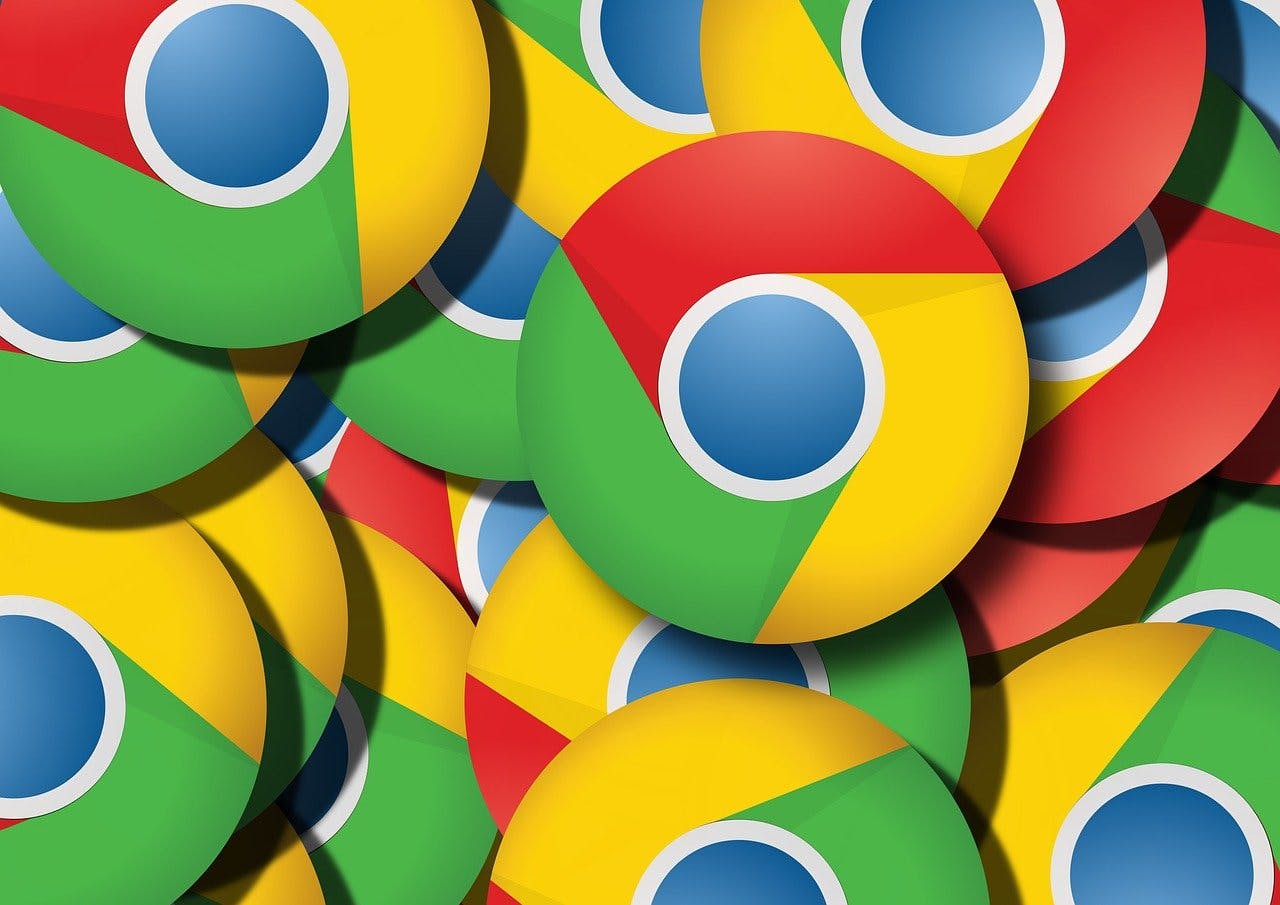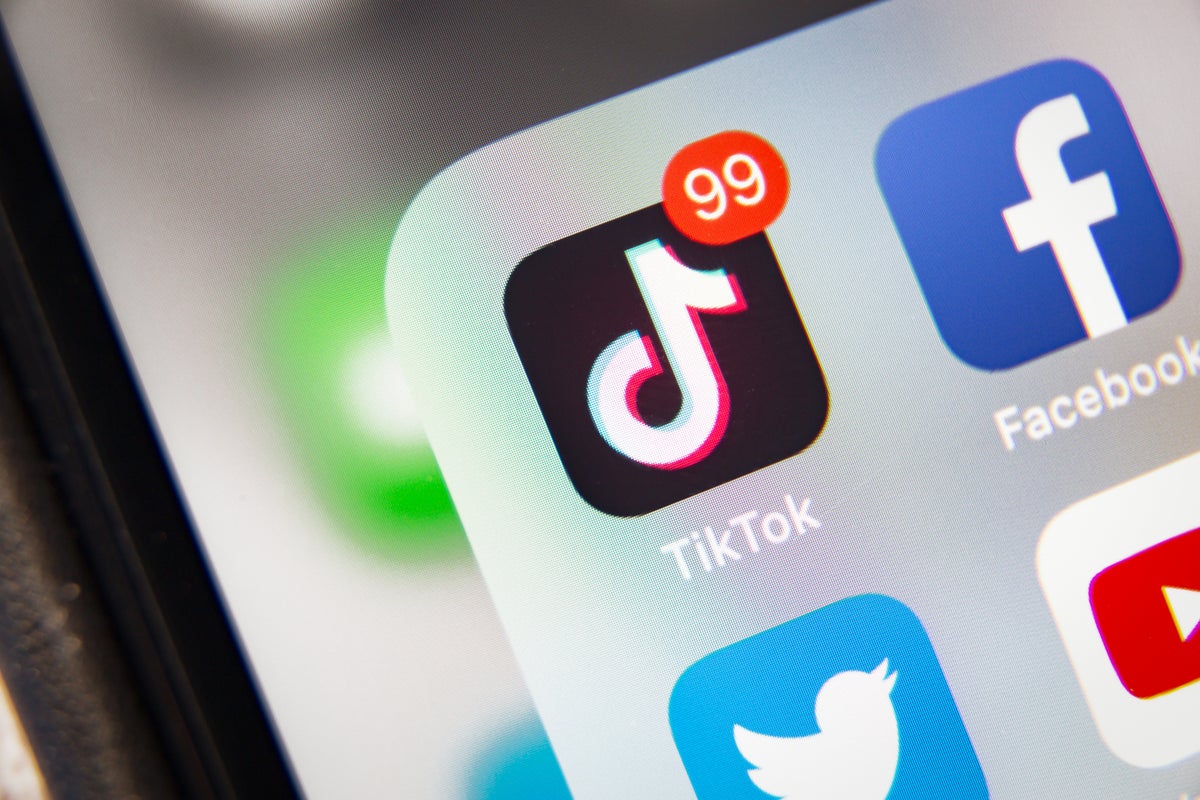At this year’s Google I/O, the tech giant showcased how AI is not just a back-end tool but a front-end interface transforming marketing. From reshaping search experiences to automating ad creation, AI is at the forefront of Google's latest innovations.
Search Gets Smarter – And Stranger
Google introduced AI Overviews, replacing traditional search results with summaries generated by Gemini. Sponsored results are now integrated into these summaries, with AI Mode offering a ChatGPT-style search experience. This shift means marketers need to focus on influencing themes rather than terms, as traditional keyword targeting becomes less relevant.
AI Max for Search: Finding Your Next Customer Automatically
AI Max for Search helps brands uncover high-intent queries they’re not bidding on, analyzing historical data and testing new terms automatically. While this offers precision with new controls, it also pushes strategic decision-making further upstream, requiring teams to mine performance data more diligently.
Generative Creative Tools: Fast But Not Always Flattering
Google’s Asset Studio, powered by Imagen 4 and Veo 3, generates video and image ads from text prompts. While it promises to scale campaigns faster and cheaper, there’s a risk of turning brand assets into commodity content without strong creative direction.
Performance Max: Slightly Less of a Black Box
Performance Max now offers channel-level reporting and a brand exclusion tool, providing more transparency. However, much of the targeting and optimization logic remains opaque, leaving marketers wanting more clarity.
Shopping Goes Visual – And Operationally Complex
Google’s virtual try-on tool and Shoppable Video Ads are pushing the platform deeper into visual commerce. For brands in beauty, fashion, and home, this could boost engagement, but requires tightly synced product data and creative.
First-Party Data Tools Reward the Well-Prepared
Google’s Data Manager ties together first-party data for more accurate targeting and measurement. However, it demands cloud-based infrastructure and clean data pipelines, which may exclude brands with legacy systems.
Final Word: Automation is Here. Intent Still Matters.
Google’s vision is clear: it wants to be the operating system of modern marketing. While these tools offer efficiency, the real advantage lies in the intent behind their use. Brands must balance automation with strategic oversight to stay ahead.






Comments
Join Our Community
Sign up to share your thoughts, engage with others, and become part of our growing community.
No comments yet
Be the first to share your thoughts and start the conversation!